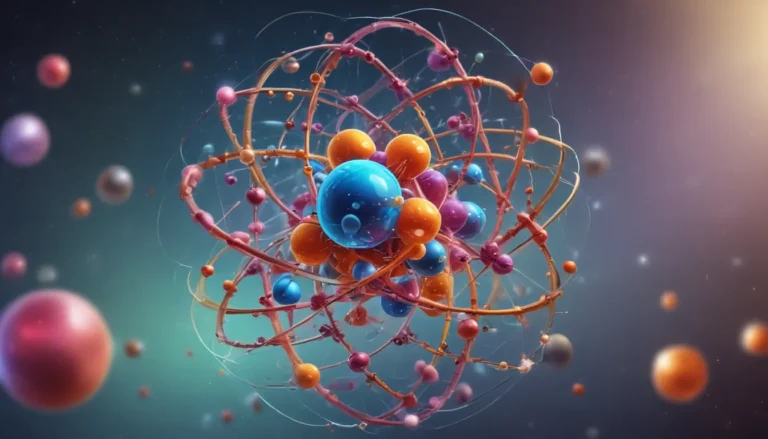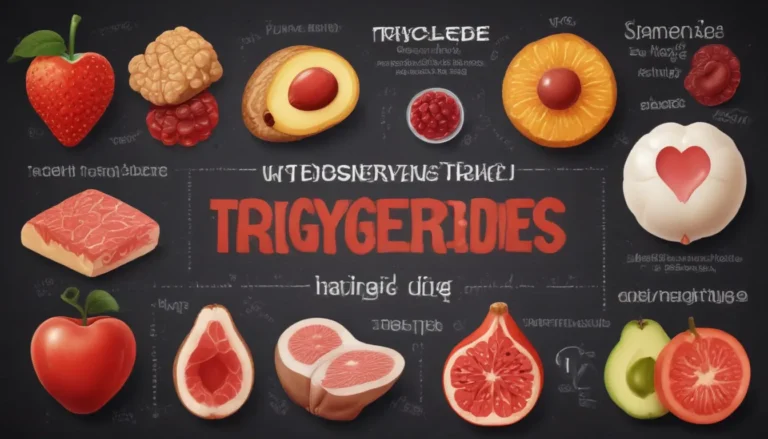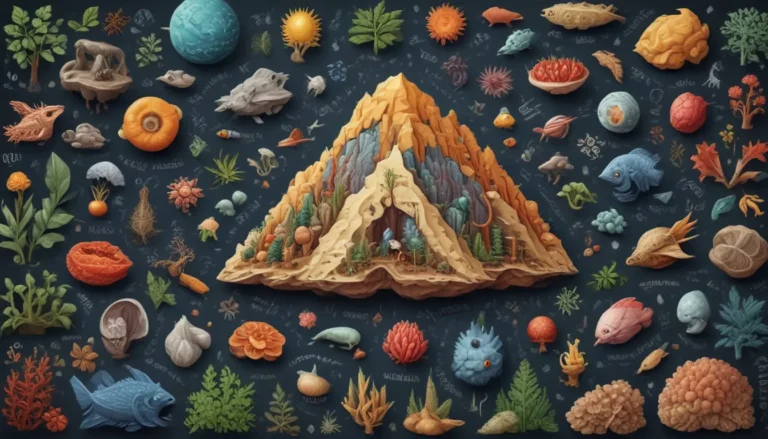A Note About Images: The images used in our articles are for illustration purposes only and may not exactly match the content. They are meant to engage readers, but the text should be relied upon for accurate information.
Welcome to the fascinating world of oxygen, the element that sustains life as we know it. From the air we breathe to the water we drink, oxygen plays a crucial role in our daily existence. In this comprehensive guide, we will delve deep into the wonders of oxygen, exploring its properties, sources, uses, and much more.
The Discovery of Oxygen
Oxygen, a colorless, odorless gas, was discovered by two brilliant minds in the 18th century. Carl Wilhelm Scheele, a Swedish Pomeranian chemist, and Joseph Priestley, an English scientist, both independently discovered oxygen. However, it was Priestley who is credited with the official discovery in 1774 due to the lack of publication of Scheele’s work. Today, both scientists are recognized for their contributions to our understanding of this essential element.
The Importance of Oxygen
- Essential Facts
- The human body mass is composed of two-thirds oxygen.
- Without oxygen, a human being will perish within 5 to 10 minutes.
- Nearly all the breathable oxygen in Earth’s atmosphere is generated by plants and trees through photosynthesis.
- Trees release oxygen during the process of converting sunlight into glucose.
-
Oxygen constitutes 21% of Earth’s atmosphere.
-
Interesting Facts
- Green algae and cyanobacteria contribute approximately 70% of Earth’s oxygen through photosynthesis.
- Oxygen reacts differently at low and high temperatures, changing its form.
- Fish extract oxygen from water using their gills due to the high concentration of oxygen in water.
- The health of bodies of water is determined by their oxygen content.
- MOXIE, a NASA project, aims to produce oxygen on Mars through solid oxide electrolysis.
Oxygen in the Environment
Oxygen is omnipresent in our environment, found not only in the air we breathe but also in various forms across the planet.
– Oxygen makes up 21% of Earth’s atmosphere, vital for sustaining life.
– When we inhale, we breathe in approximately 20% oxygen from the air.
– Warm water holds less oxygen than cold water due to molecular density.
– Cyanobacteria are believed to be the first oxygen producers on Earth, catalyzing the evolution of our atmosphere.
– Oxygen exists in various forms, including as the allotrope ozone in the upper atmosphere.
Oxygen in the Human Body
The human body relies on oxygen for its functioning, with different organs consuming varying amounts of this essential element.
– The liver is the most oxygen-consuming organ in the human body.
– Oxygen atoms are integral components of DNA and proteins in our bodies.
– Pregnant mothers transfer oxygen to the fetus through the umbilical cord.
– Oxygen intake and distribution in the body play a crucial role in sustaining life.
Oxygen Usage and Applications
Beyond its presence in the environment and our bodies, oxygen finds diverse uses in various industries and applications.
– Steel companies are significant users of oxygen due to its role in enhancing steel quality.
– Scuba divers use Nitrox blends with increased oxygen levels for longer dives.
– Oxygen is crucial in treating illnesses in hospitals and medical facilities.
– Oxygen is purchasable for personal use in various forms, such as pure oxygen or oxygen-enriched air.
Oxygen: An Element of Life
As we journey through the realms of oxygen, we uncover the multifaceted nature of this vital element in our lives. From its discovery by pioneering scientists to its role in sustaining life on Earth, oxygen continues to captivate and inspire us. Let us cherish and safeguard this precious resource for the well-being of our planet and future generations. Breathe easy, for oxygen is truly the breath of life.






